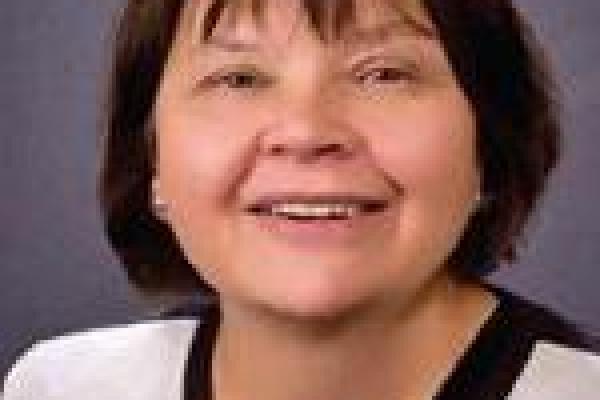
Dr. Salsberry’s research is in the area of health disparities and health equity. Most of this work has been concentrated in the area of maternal-child health. The overarching question that is threaded throughout this body of work concerns the pathways and mechanisms that link social and economic disadvantage to poorer maternal and child outcomes. This work has included diverse projects, including health policy work within the Ohio Medicaid agency and the development of health screening clinics for the underserved. In this work she uses a life course model to explore the intergenerational transmission of health capital (mainly between mother-daughter dyads). She has completed projects using various methods, including survey research and numerous secondary data bases (including NHANES, NHIS, Medicaid and Medicare claims data, birth certificates and the National Longitudinal Survey of Youth (NLSY)) to examine the social determinants that are related to health behaviors and disease development. Dr. Salsberry is particularly interested in examining the relationship between economic status, health behaviors and health outcomes (birth outcomes, and adult and childhood obesity) across racial and socio-economic groups. The economic measures include neighborhood and state-level factors, as well as individual income and relative deprivation, cumulated over the life course of the individual. Much of this work focuses specifically on how early life disadvantage, particularly social and economic disadvantage, influences differential health development in African-American and white females, concentrating on markers of adolescent health (obesity, menarche timing, general health status) that are linked to later life chronic disease. This work aligns with interest in health equity and social determinants as it in within these earliest periods that the greatest potential for life course impact occurs. She currently is extending this work by considering how health behaviors are transmitted across generations and determining their effects on infant/child outcomes. An example of this is a pilot grant she received to investigate ways to translate the current science of health promotion, diabetes prevention and community engagement to reduce the risk for future gestational diabetes complicated pregnancies and type 2 diabetes in economically distressed women. Additionally She is working with a group at the OSU Crane Center to investigate how family resource use during the first 5 years of life impact social, behavioral, cognitive, and health outcomes using a birth cohort study in Franklin County
Dr. Salsberry is Associate Dean for Community Outreach and Engagement, Professor of Health Behavior and Health Promotion in College of Public Health, and Associate Director of Institute for Population Research at The Ohio State University
